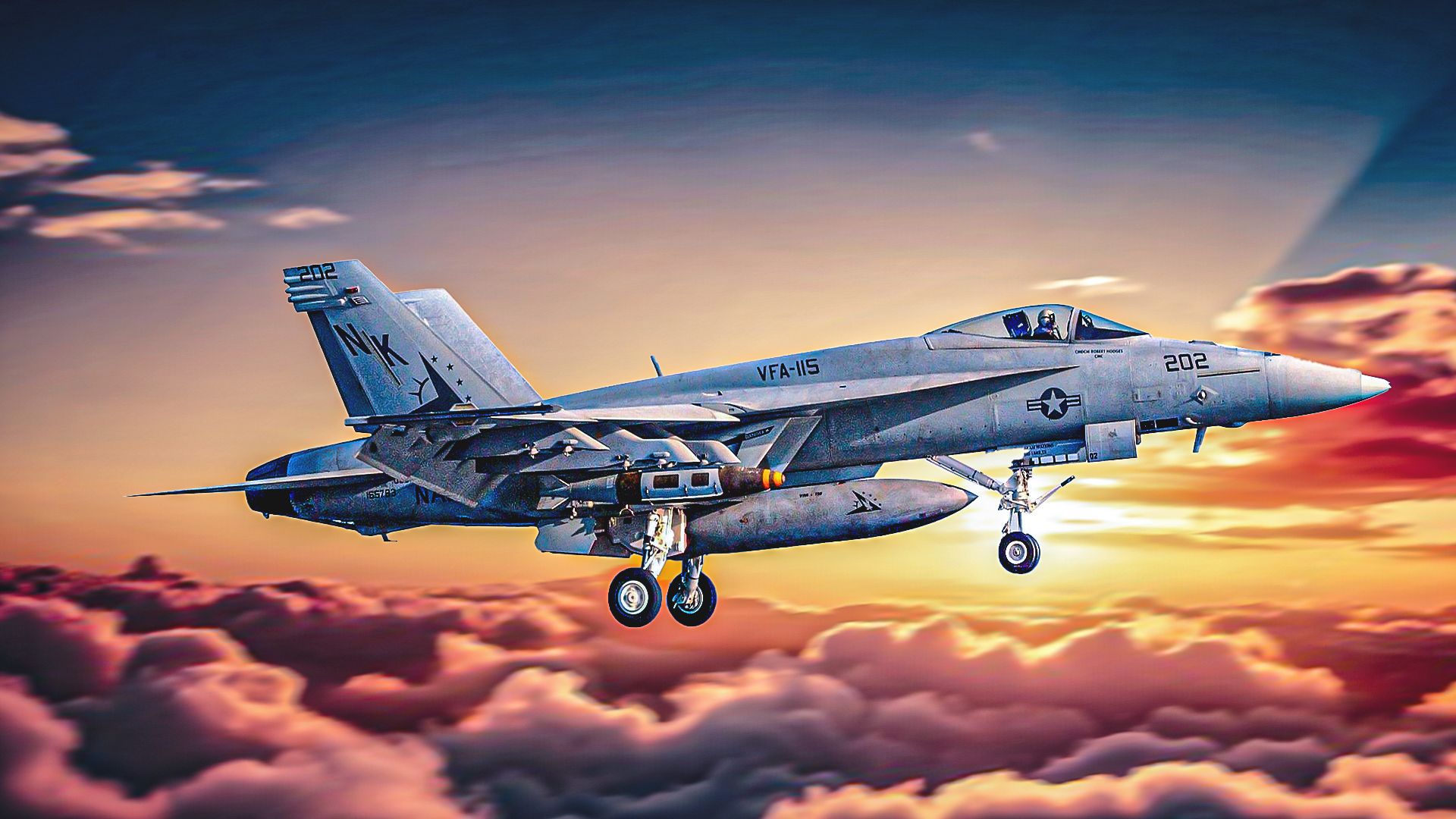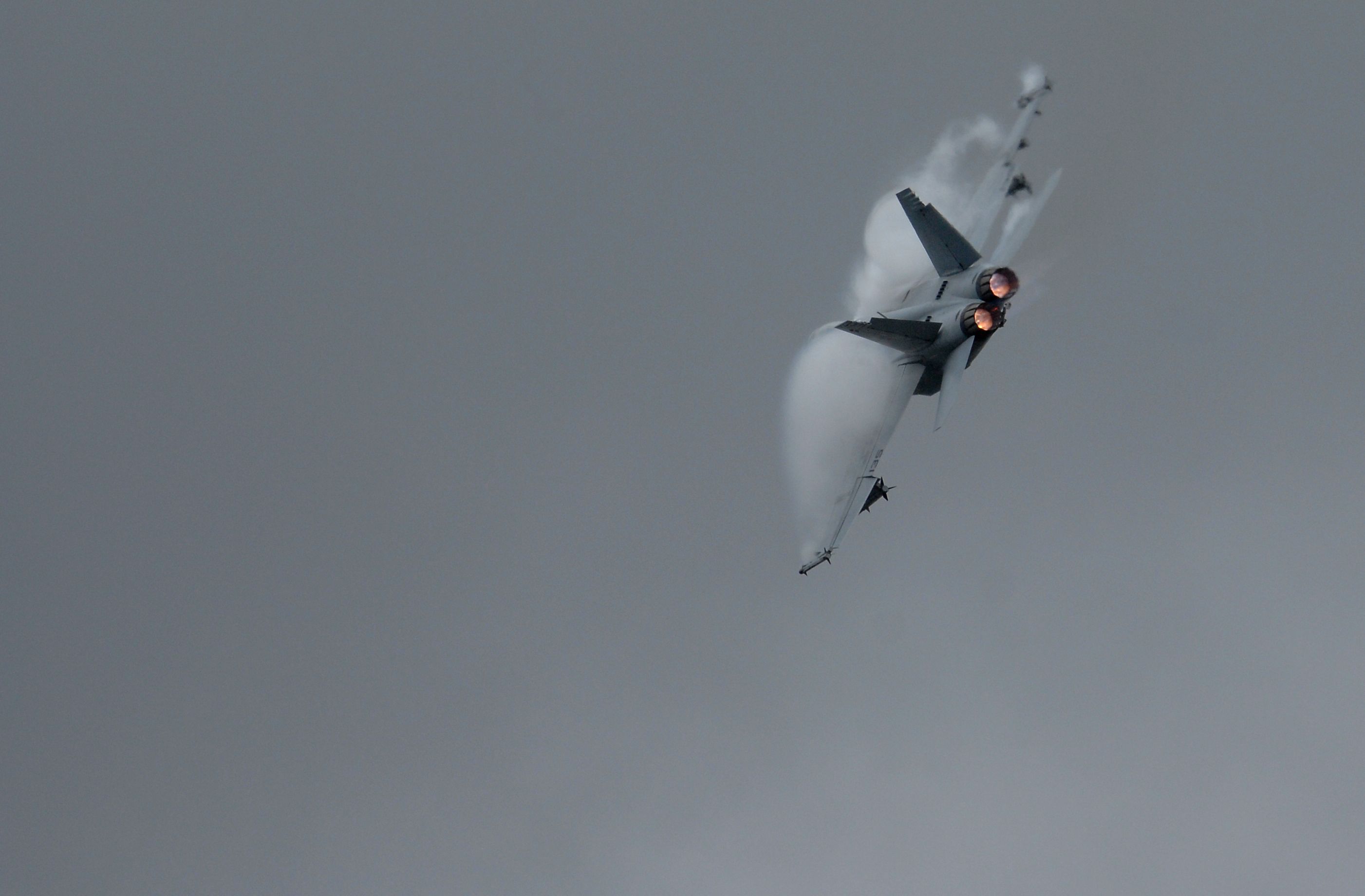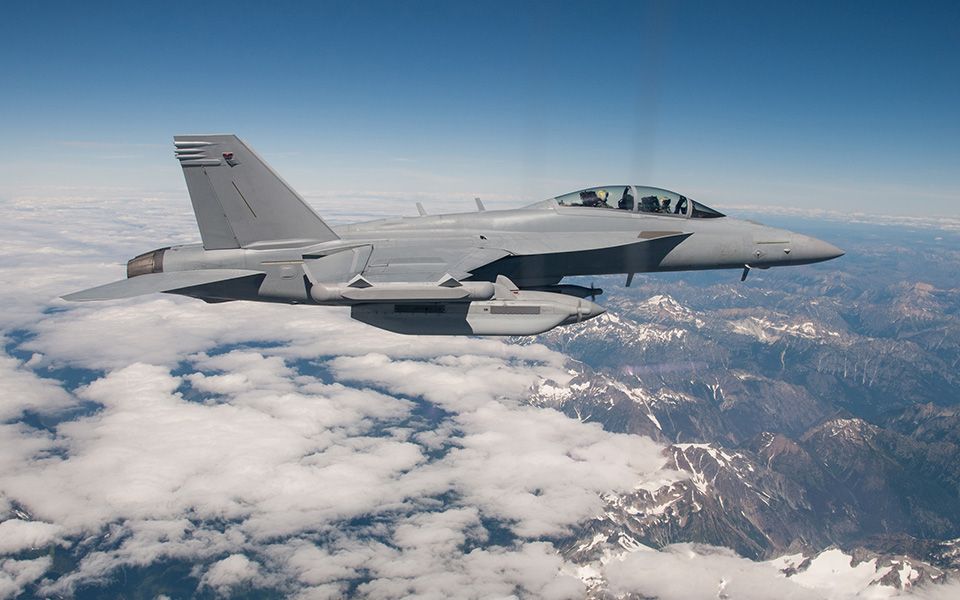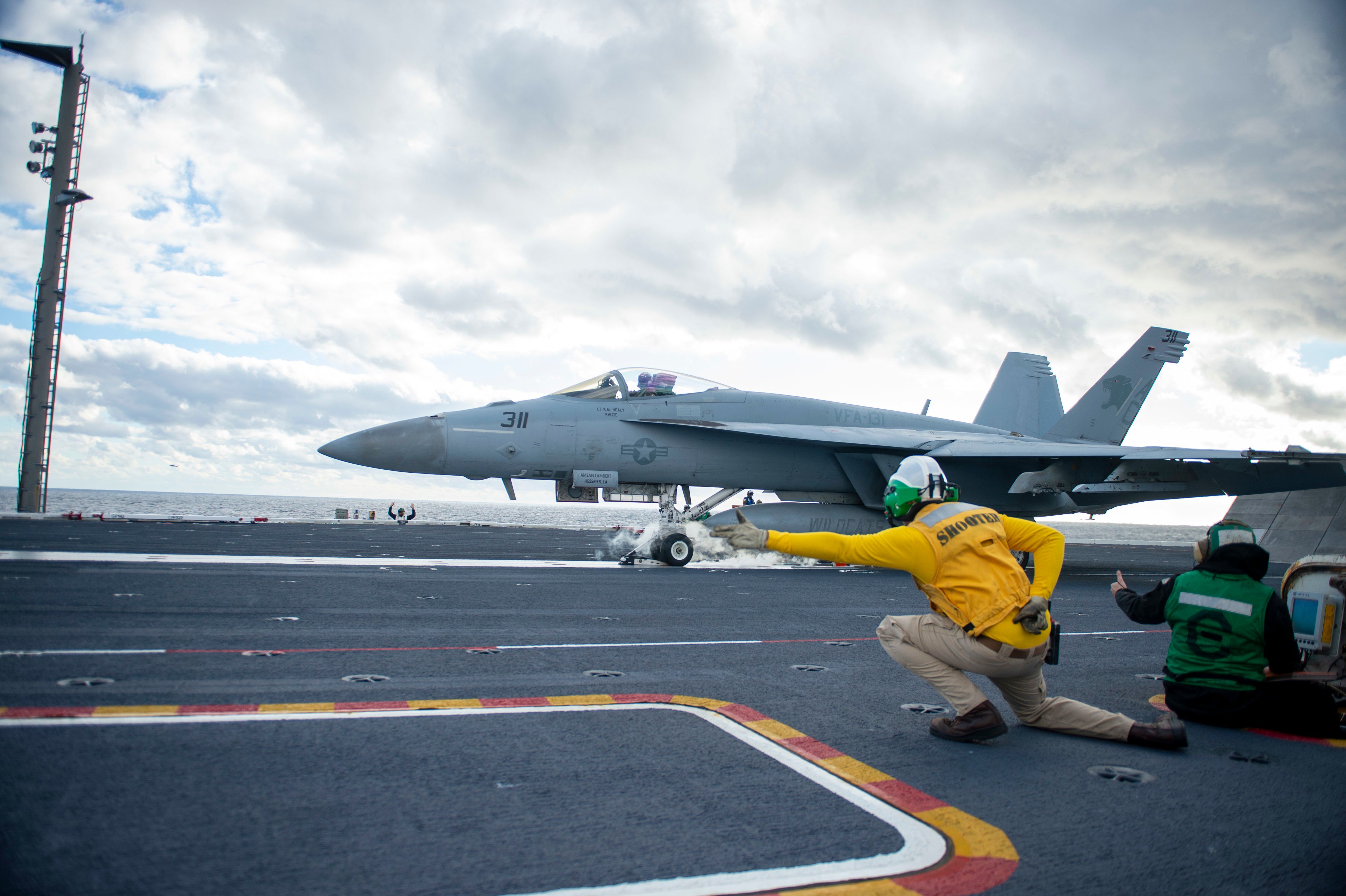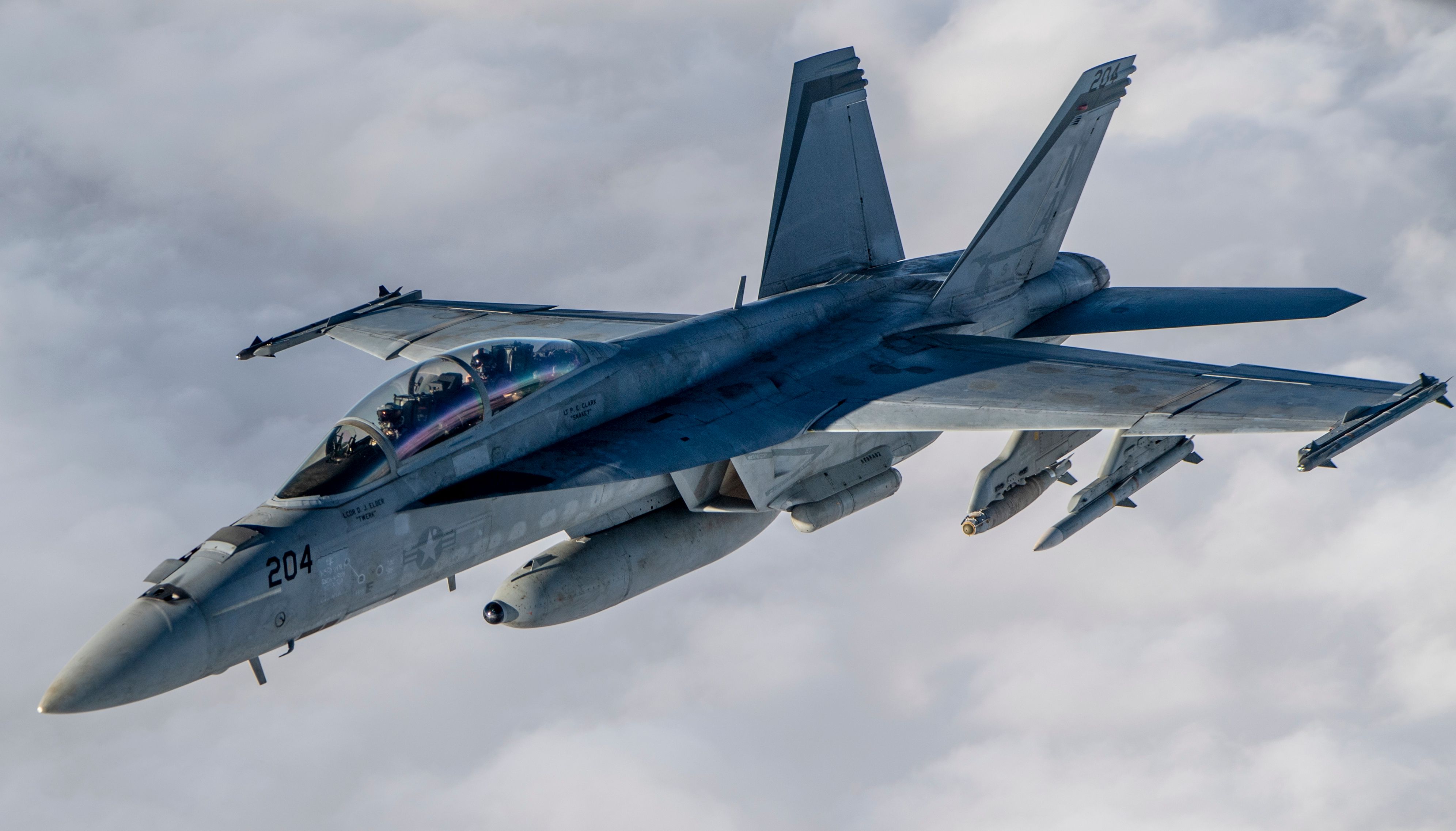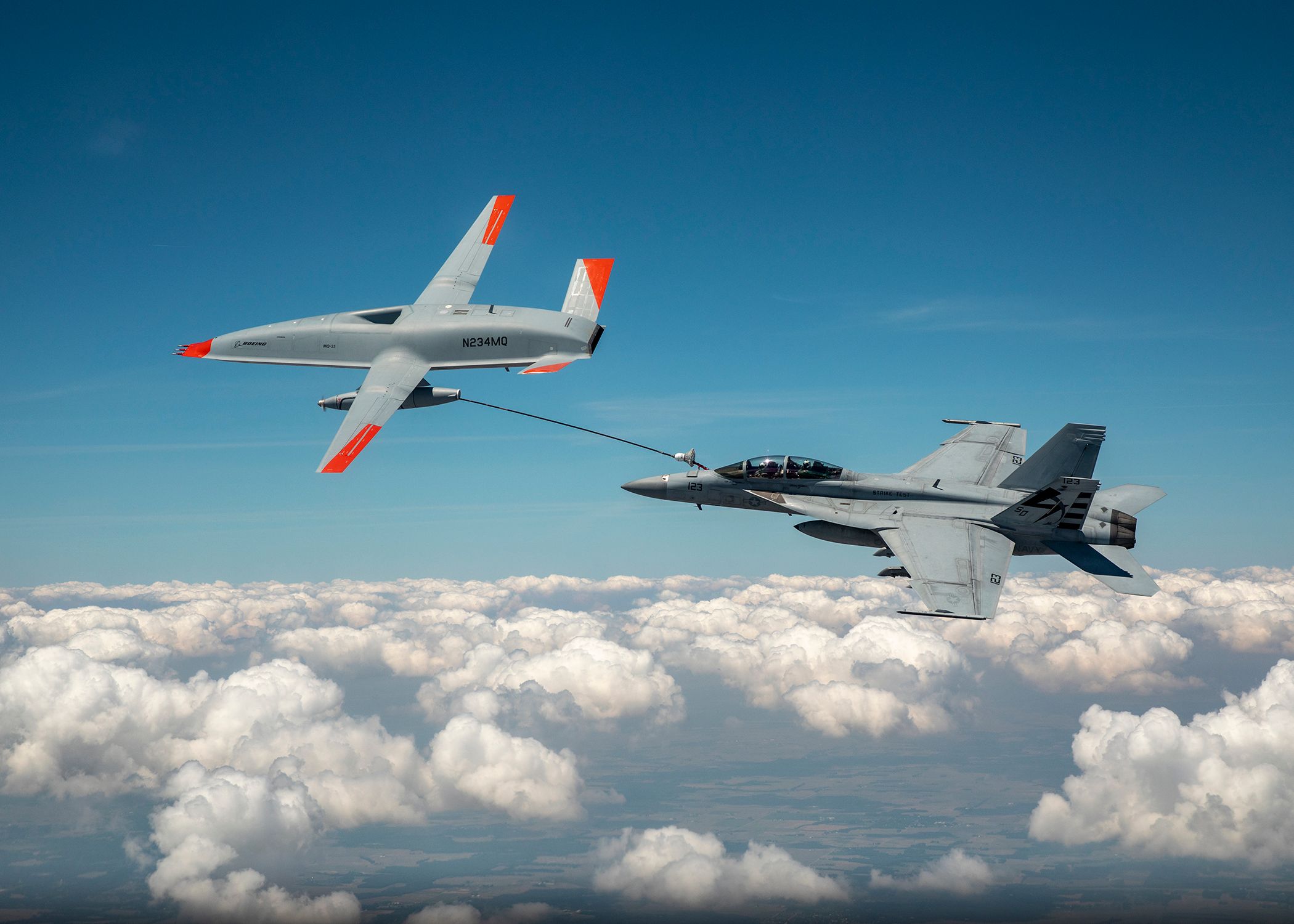Summary
- F/A-18 Super Hornets are crucial for air superiority missions, last enemy jet kill was in 2017.
- Growler variant is an advanced electronic warfare aircraft used for jamming and countering enemy systems.
- F/A-18 fulfills versatile roles such as air-to-air kills, escort missions, ground attacks, and refueling.
The F/A-18 family of carrier-based fighter jets is one of the world’s best and most versatile fighter jets (even if Top Gun’s Maverick finds the first opportunity to jump back into an F-14 Tomcat). Super Hornets constitute the backbone of the US Navy carrier air wing and will continue to do so until the F-35C eventually replaces it in numbers.
The newest variant is the F/A-18 Block III Super Hornet, which, according to the Navy, can “perform virtually every mission in the tactical spectrum, including air superiority, day/night strike with precision-guided weapons, fighter escort, close air support, suppression of enemy air defenses, maritime strike, reconnaissance, forward air control, and tanker missions.”
1
Air superiority
The F/A-18 family is responsible for achieving air superiority for the Navy, and the last time it shot down an enemy jet was in 2017
|
Cost: |
$67.4 million |
|---|---|
|
Number of air-to-air kills: |
perhaps 3 |
|
Last air-to-air kill: |
Su-22 Fitter in June 2017 |
According to Boeing, the F/A-18 Super Hornet is “built for air superiority.” It first entered service in 1999 as the replacement for the venerable F-14 Tomcat (the Super Hornet is a major upgrade on the Hornet family). It is built to achieve air superiority, and while it may not excel in that role quite to the same degree as the F-22 Raptor, it is a formidable aircraft.
Photo: USAF
Perhaps the most recent air-to-air fighter jet kill for the F/A-18 family was on 18 June 2017 when a Navy F/A-18E shot down a Syrian Air Force Su-22 Fitter with an AIM-120 AMRAAM missile. This was the first time the US had shot down a manned aircraft since 1999. The Syrian pilot, Captian Ali Fahd, managed to eject and was later rescued by the Syrian forces. The F/A-18E pilot, Lieutenant Commander Michael Tremel later received the Distinguished Flying Cross for his actions.
![7187927 (4x3) - F/A-18F Block III Super Hornet assigned to VX-9 [Image 3 of 5]](https://static1.simpleflyingimages.com/wordpress/wp-content/uploads/2024/04/7187927-4x3.jpg)
Related
A Look At The Last Of The US Navy’s F/A-18 Super Hornet Orders
Putting the last US Navy orders of the Boeing F/A-18E/F Super Hornet into perspective.
2
Electronic attack aircraft
The EA-18G Growler is the world’s premier fighter electronic attack aircraft
|
Entered service: |
2009 (US Navy) |
|---|---|
|
Operators: |
US Navy, Marines, Australian Air Force |
|
Note: |
the primary electronic warfare contractor is Northrop Grumman |
One of the most notable variants of the F/A-18 is the EA-18G Growler. The Growler is an electronic attack aircraft built to disrupt, deceive, or deny a broad range of military electronic systems (including radars and communications). Boeing claims the Growler is the “most advanced airborne electronic attack platform and is the only one in production today.”
Photo: Boeing
Jamming is a critical part of US Navy power projection. The Growler is a specialized version of the Super Hornet. Australia has become a notable export customer for the Growler, which has been in service with the Royal Australian Air Force since 2017 and in US Navy operational service since 2009. The variant is not equipped with a cannon.
3
Fighter escort
F/A-18s are frequently employed to perform escort duties for the Navy and for other organizations
|
Range: |
1,252 miles |
|---|---|
|
Ceiling: |
50,000+ feet |
|
Airspeed: |
Mach 1.7+ |
According to the Navy, when “In its fighter mode, the F/A-18 is used primarily as a fighter escort and for fleet air defense.” They are used to defend the fleet from threats and to escort aircraft. It’s not only the US Navy that uses the F/A-18 in escort roles; two NASA F/A-18s escorted a NASA Boeing 747 Shutter Carrier Aircraft while carrying the Space Shuttle Endeavour over parts of California in September 2012.
Photo: Lawrence Reid US Navy
In January 2024, it was reported two Royal Malaysian Air Force F/A-18D Hornets provided an escort to an Airbus Corporate Jet 320 carrying the Malaysian King Al-Sultan Abdullah Ri’ayatuddin Al-Mustafa Billah Shah and the Queen Tunku Azizah Aminah Maimunah Iskandariah.
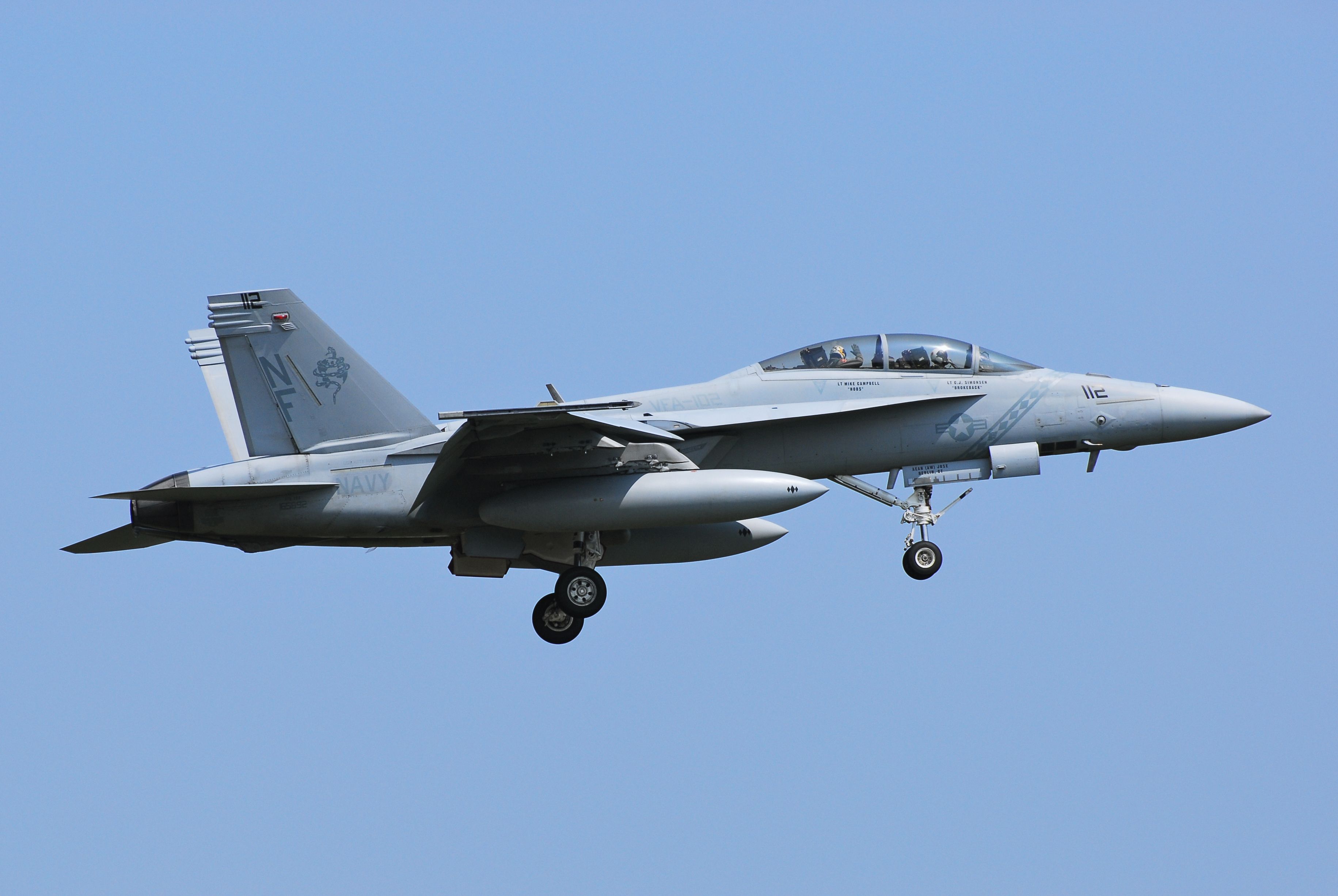
Related
What Is The Top Speed Of The F/A-18 Super Hornet?
The aircraft might not be the fastest in the sky, but it is plenty effective in its many roles.
4
Attack
The F/A-18 is able to provide deep air support and ground attack missions
|
Most recent ground attack: |
2024 missions against the Houthis in Yemen |
|---|---|
|
Cannon: |
20 mm (0.787 in) M61A1 Vulcan nose-mounted 6-barrel rotary cannon |
|
Ground attack missiles: |
AGM-65 Maverick, SLAM-ER, ARM, JSOW, JASSM |
The F/A-18 is designated as both a fighter and an attack aircraft (that’s why it is called “F/A”). The Navy says that in its fighter mode, the F/A-18 is used for force projection, interdiction, and close and deep air support.” The suite of missions underlines just how versatile the aircraft is.
Photo: Senior Airman Duncan Bevan | US Air Force
While the Air Force can have dedicated aircraft like the ground attack A-10 Warthog and the air-superiority F-22 Raptor, the Navy needs the F/A-18 to be the Jack of all trades. Recently, the Navy has been using F/A-18s in ground attack roles against the Houthi rebels in Yemen in an effort to protect international shipping.
5
Refueling
The aircraft has been built to be able to refuel other Super Hornets
|
Amount: |
Total 29,000 lb of fuel |
|---|---|
|
Variant: |
Super Hornet |
|
MQ-25 Stingray: |
Carrier-based drone to refuel Super Hornets |
The upgraded Super Hornet is able to be equipped with an aerial refueling system (ARS), also called a “buddy store,” so that it can refuel other aircraft (the older Hornet lacks this ability). This helps the Navy to bridge the gap from retiring its KA-6D and Lockheed S-3B Viking tankers.
Photo: United States Navy
On typical missions, around a fifth of the air wing is dedicated to tanker roles. One drawback is that operating in a tanker role causes more aircraft fatigue and uses up the aircraft’s life expectancy faster than other missions. Boeing is currently working to advance the ability of carrier-based MQ-25 Stingray drones to return Super Hornets.
